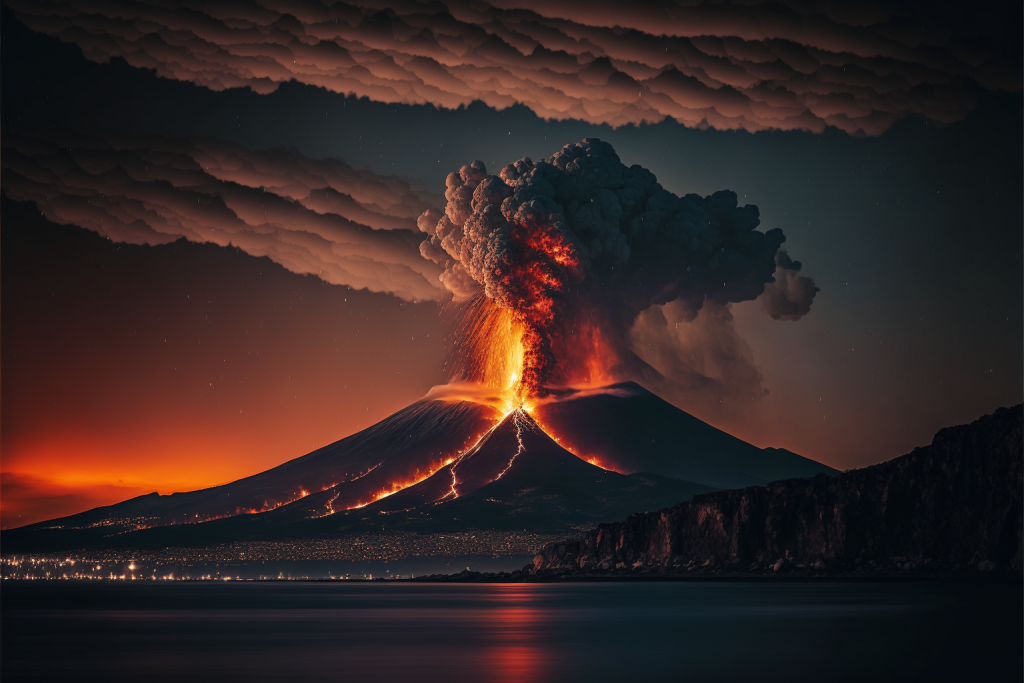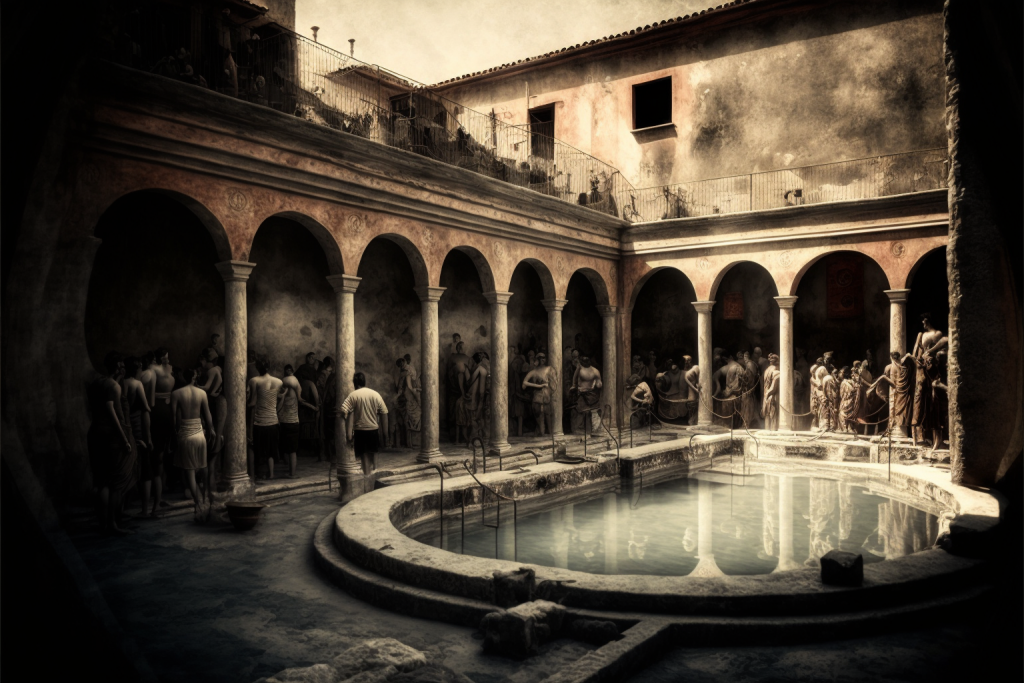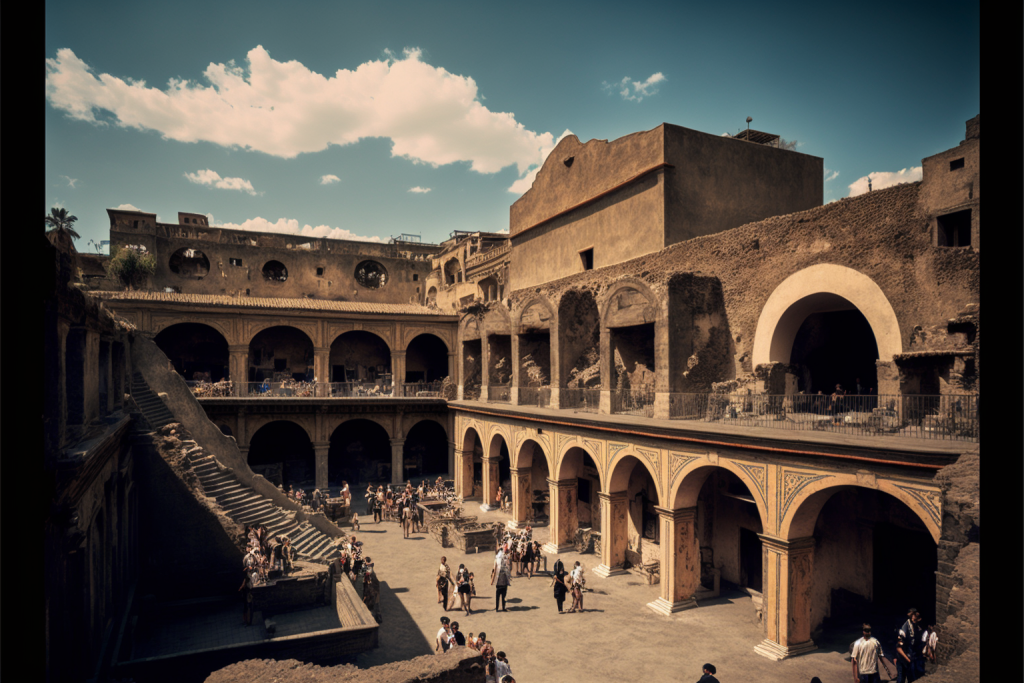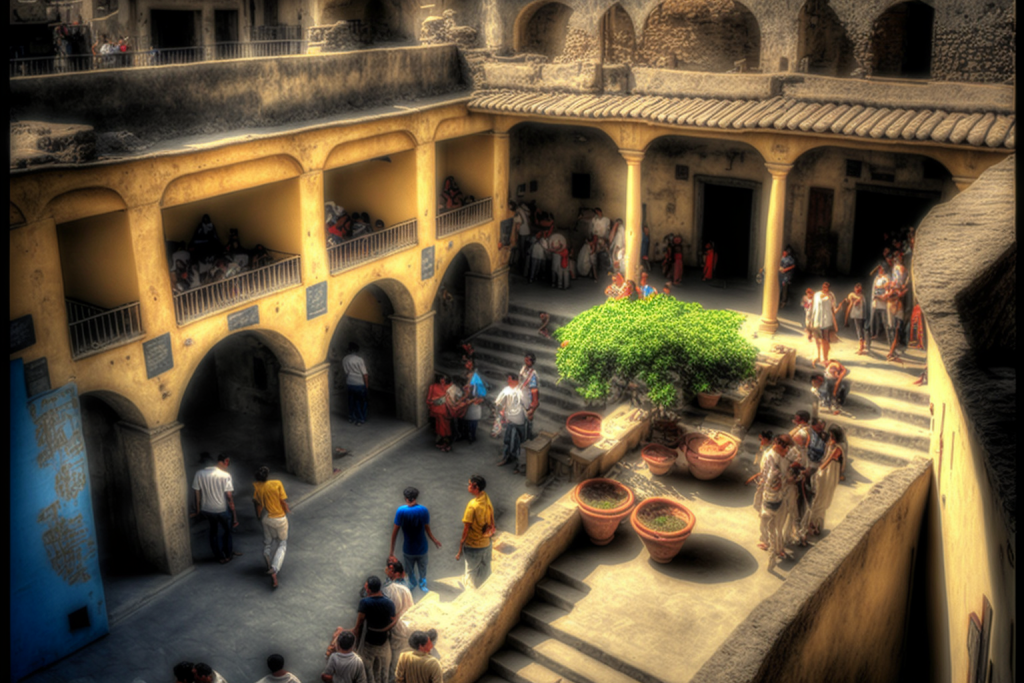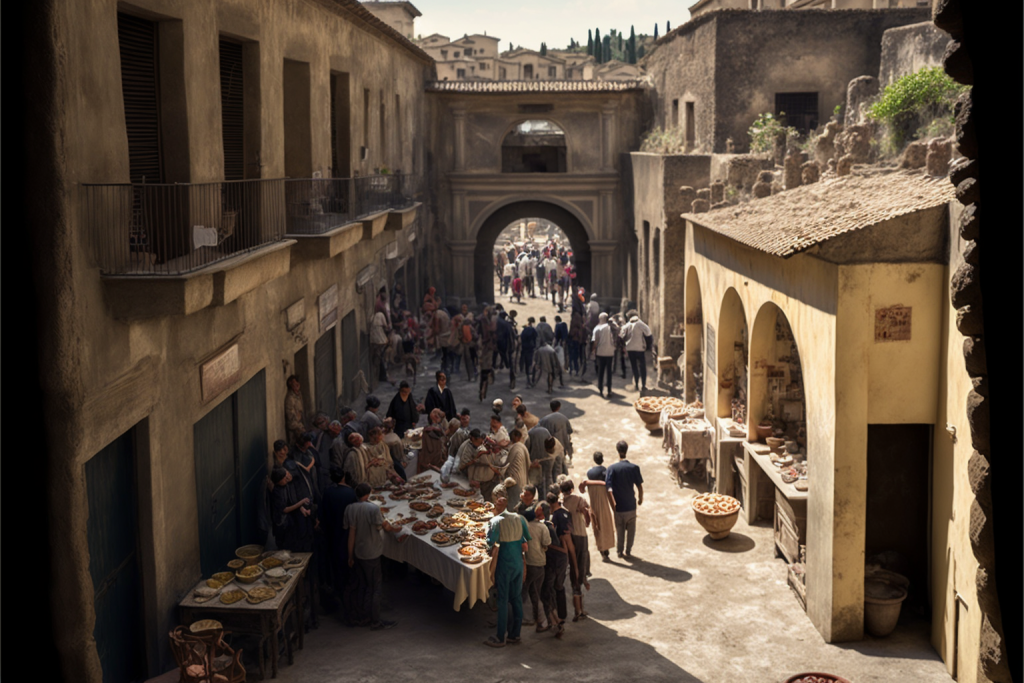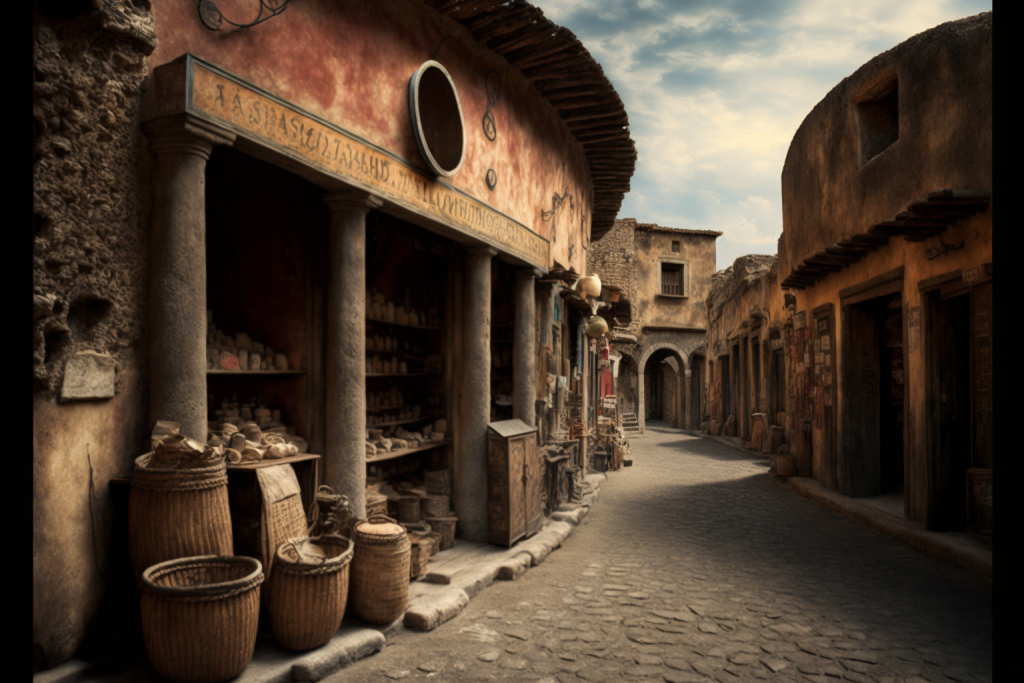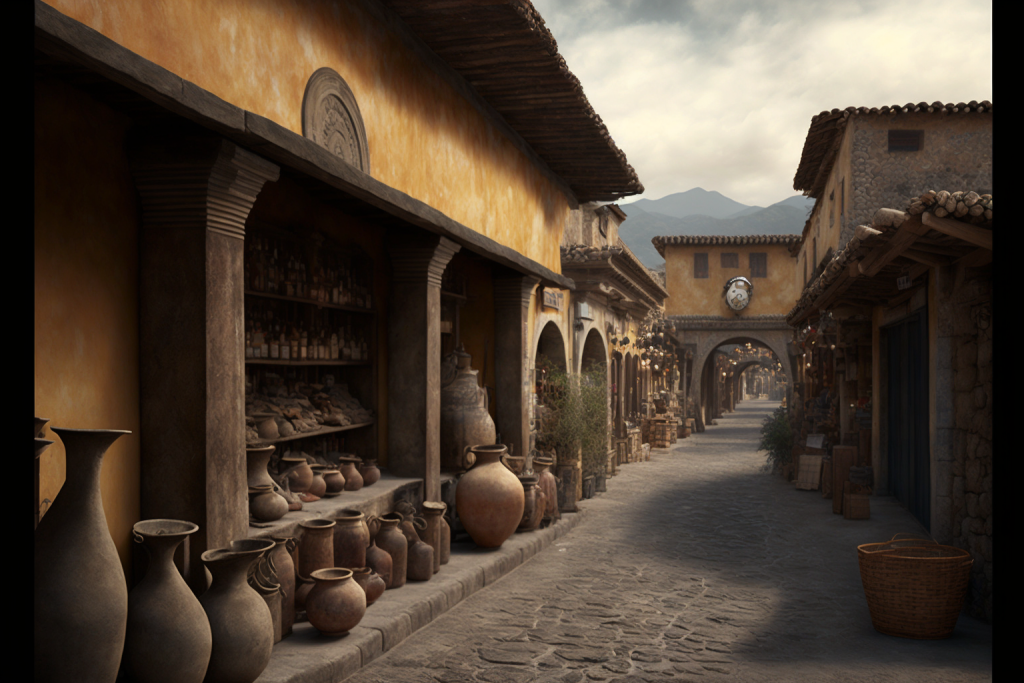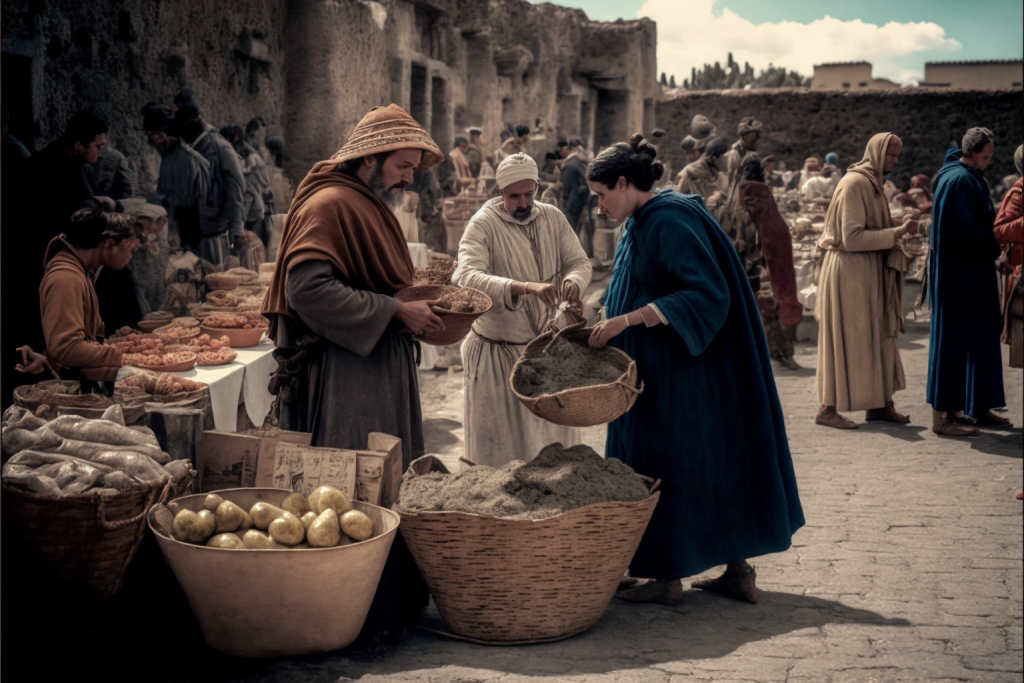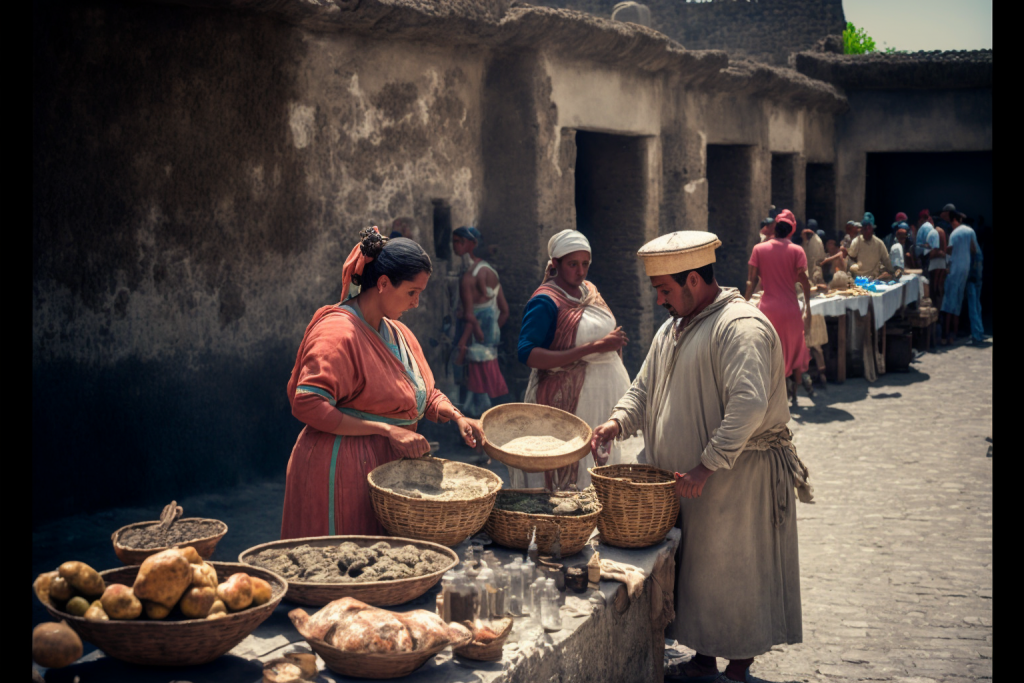The Volcanic Eruption of Pompeii: A Tragedy that Shocked the World
Pompeii was once a thriving Roman city located in the shadow of Mount Vesuvius. Its residents lived their lives in relative comfort and prosperity, enjoying the many luxuries and conveniences of the Roman Empire. But on August 24th, 79 AD, that all changed in an instant. The eruption of Mount Vesuvius was a disaster that destroyed Pompeii, burying the city and its people in layers of ash and pumice.
The eruption of Mount Vesuvius was a unique and devastating event. The volcanic eruption was so powerful that it created a massive ash cloud that rose 30 kilometres into the sky, causing a rain of ash and pumice that buried the city of Pompeii. The ash was so hot and heavy that it weighed down buildings, causing many of them to collapse. The ash also suffocated many of the residents of Pompeii, who were unable to escape the deadly cloud of ash and gas.
The eruption of Mount Vesuvius was not a sudden or unexpected event. The area around Vesuvius was well-known for its volcanic activity, and the residents of Pompeii were aware of the danger posed by the volcano. However, many of them chose to ignore the signs, opting instead to live their lives in the shadow of the mountain. This was a fatal mistake, as the eruption of Mount Vesuvius was one of the most powerful volcanic eruptions in human history.
For centuries, the ruins of Pompeii lay buried under the ash and pumice, forgotten by the world. But in the late 1700s, an archaeologist named Giuseppe Fiorelli began excavating the site, uncovering the remains of the city and its residents. The excavations of Pompeii have revealed a wealth of information about life in the ancient Roman world, as well as the devastating power of volcanic eruptions.
The remains of Pompeii are a stark reminder of the danger posed by volcanic eruptions. The city and its people were destroyed in an instant, and the aftermath of the eruption was felt for years to come. The volcanic ash and pumice that buried Pompeii created a layer of protection that has allowed the city to be preserved for centuries, offering a window into the past and a warning for the future.
Full Collection on YouTube:
